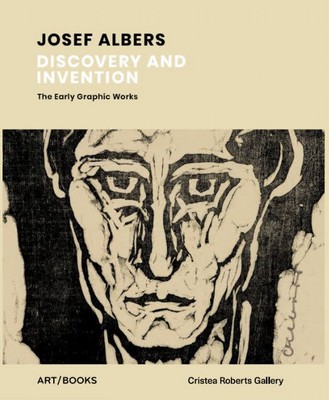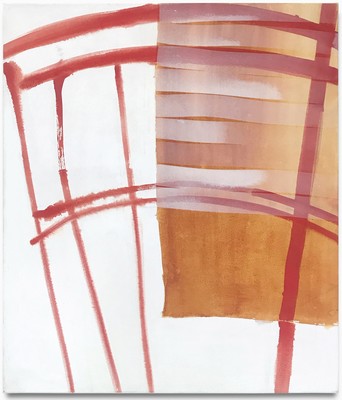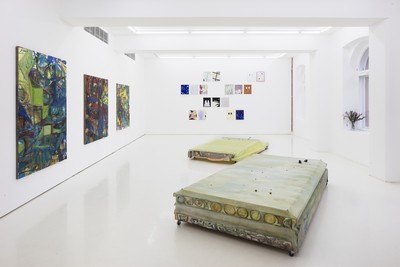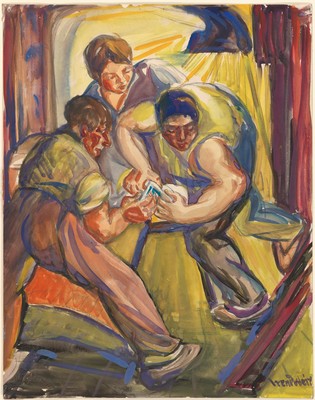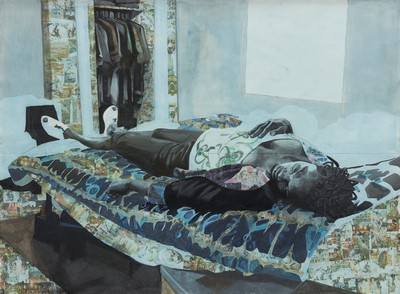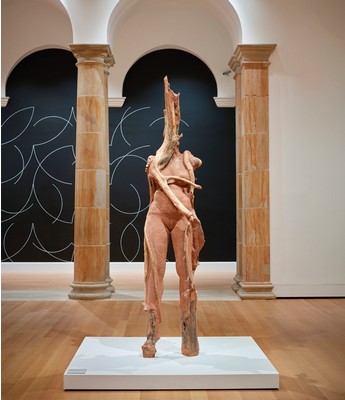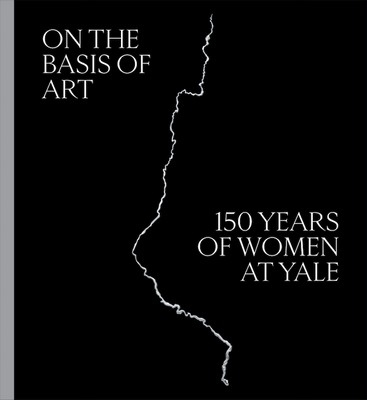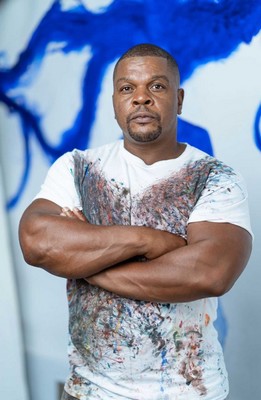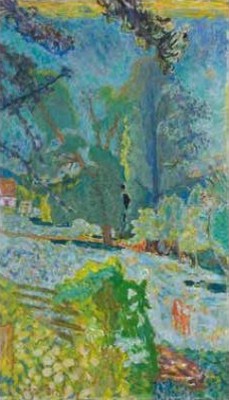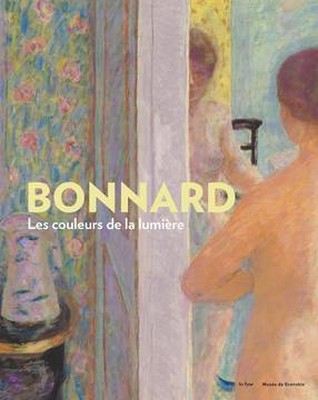Jacqueline Carron
Psicolor, la passion de la couleur
Maison nationale des artistes,
Nogent-sur-Marne
Jusqu'au 22 février 2022
Comme à la marelle, 2020-2021
Huile sur toile, 150 x 140 cm
Courtesy de l’artiste
Psicolor, la passion de la couleur, exposition présentée à la Maison nationale des artistes, revient sur un parcours artistique entièrement dédié à la peinture et sur la place omniprésente de la couleur dans l’oeuvre de JACQUELINE CARRON. L’exposition dévoile deux moments du travail, l’un où intervient encore la notion de sujet et de motif, l’autre où la couleur devient le seul et unique sujet.
Ancienne élève de l’École nationale supérieure des Arts Décoratifs de Paris, diplômée des Beaux-Arts de Grenoble, passée par les Studios de la Victorine et un travail de dessin animé auprès de René Clément, puis par la publicité (notamment pour les Bas « DD »), Jacqueline Carron a également suivi les cours de Paul Colin pendant trois ans. Son parcours l’amène à réaliser des commandes monumentales dans divers établissements scolaires et à côtoyer le monde de l’industrie. Entre 1965 et 2002, elle expose dans des galeries parisiennes, au Palais des congrès de Monte-Carlo, à la Fondation Vasarely à Aix-en-Provence, à la Maison de l’Innovation à Clermont-Ferrand...
La rencontre, en 1976, à Beaubourg et au Muséum national d’Histoire naturelle, de scientifiques spécialistes de la couleur et notamment du physicien François Parra, ainsi que de Jacques Fillacier, Yves Charnay et Michel Albert-Vanel de l’Ensad, va être déterminante dans l’élaboration d’une nouvelle démarche picturale qui va entraîner Jacqueline Carron dans une recherche approfondie de la connaissance de la couleur. Dorénavant, la couleur sera pour elle la seule raison d’être du tableau.
Jacqueline Carron va ainsi créer les « Psicolors ». Ce sont des ensembles de carrés de 200 nuances de couleurs qui permettent, par leurs combinaisons, de vérifier l'interaction des couleurs, leur relativité, leur instabilité, pour démontrer qu'il n'y a pas une vérité de la couleur mais bien une sensation, une perception physiologique et psychologique liée à notre culture.
Jusqu’en 2019, elle travaille dans son « Atelier Recherche Couleur » dans la Drôme où elle reçoit scientifiques, architectes, médecins, artistes et entreprises. Elle poursuit désormais sa recherche depuis la Maison nationale des artistes, où elle réside.
Mouvement sable, 1993
Huile sur toile, 150 x 75 cm
Courtesy de l'artiste
« Ces couleurs du spectre s’installent partout, dans mon verre, sur le sol dans la tache de pétrole et les murs de ma maison, sur le paysage et sur les ailes de l’avion qui m’emporte. Puis il est présent dans ma tête, dans mes rêves et dans mon corps. Ainsi, je voyage en permanence emportée dans l’arc-en-ciel, couchée sur les ondes qui me bercent et m’emportent dans leur voyage lumineux, me noient en elles, me nourrissent. Je suis infinie particule installée au coeur de leur structure et promenée selon leur volonté ou leurs nécessités, voyage terrestre mais aussi peut-être menant vers un au-delà encore inconnu. Voilà donc cette aventure, où rien n’est acquis, où je dépends de ces phénomènes qui m’entourent. » Jacqueline Carron
La Maison nationale des artistes est un établissement de la Fondation des Artistes.
MAISON NATIONALE DES ARTISTES
14 rue Charles VII, 94130 Nogent-sur-Marne





